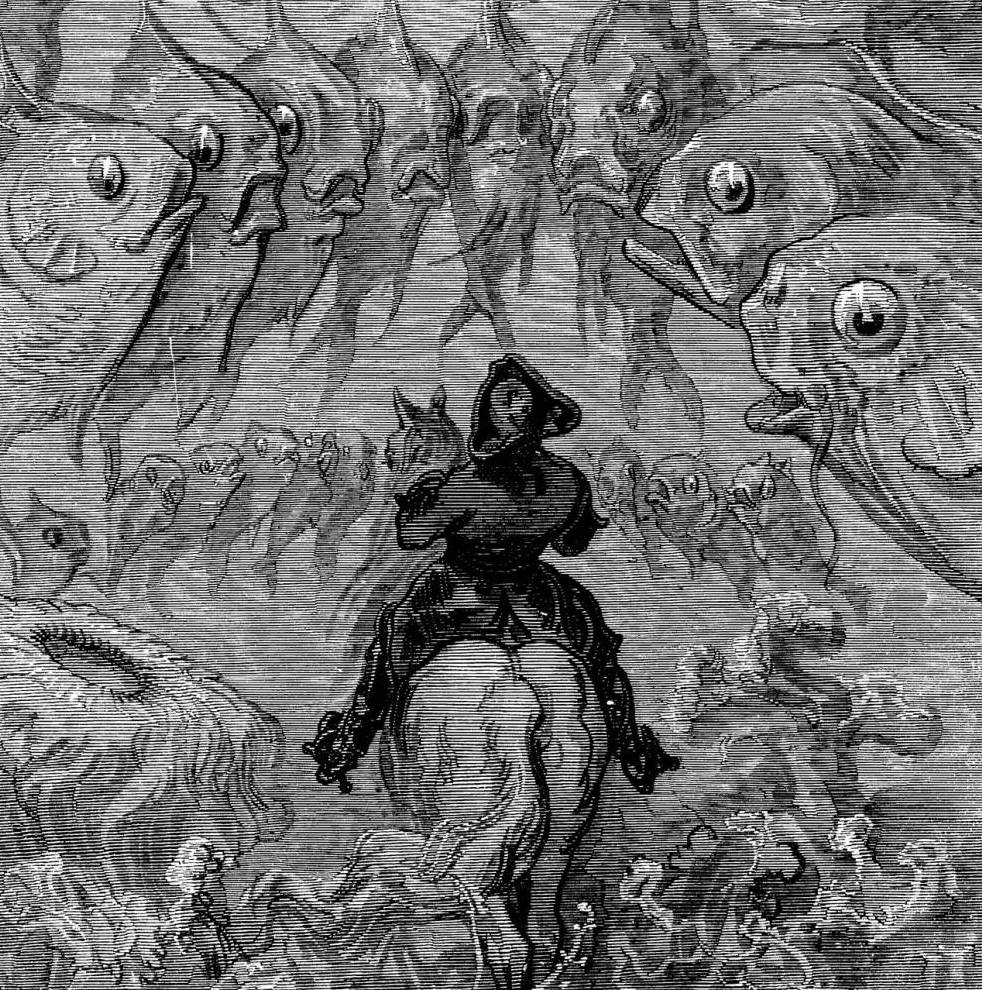West Faerian Funeral Locks
For hundreds of millennia the Yehjj (Ya-eh-jz) people of west faerie were a thriving kingdom. They had a deep and rich oral history and religion that is unique from many of the religions in that part of faerie. The Yehjj are known to have traded with the Emberton Empire and survived the Age of Blood that dominated post-embertion Faerie before being conquered in the late Dymond Dynasty of the Faerie Empire.
While initially rebellious, the Yehjj were eventually successfully integrated into the Faerian Empire. Over time, the language and culture of the Yehjj began to fade, and the meaning behind many traditions was lost or replaced to fit the new culture. One practice that is fading even now are Bveyey (Bveh-yeh-yh), also known as west faerian funeral locks.
History
The origin of the Bveyey is unknown, though a combination of oral histories and art depictions suggest it dates to at least 5000 before emberton. The tradition had evolved greatly since then, initially expanding and changing with time, climate, and new ideas being brought in. After the Yehjj were conquered, the practice continued, at first incorporating elements of the Pantheon of Heaven and later fading in importance.
In the past few generations it has become exceedingly rare to see Bveyey practiced. When it is it is seen as strange or old fashioned, as it incorporates old ideas about how the world works that aren't supported in the modern religion or culture.
Execution
Bveyey is a funeral and grieving tradition that was a key part of traditional Yehjj funerals. Locks of hair are cut from the head of the deceased during the funeral parade, and each mourner receives one lock. The mourners then have roughly two years to go on their grieving pilgrimage, and journey to make peace with the loss and to establish the deceased's connection to a specific place.
The pilgrimage doesn't have to be long, or even unique, just to a place that was significant to the deceased in some way- their childhood home, a favourite tree, the place they met their first love, somewhere they always longed to go, ect. At the location, the mourner recites a prayer and ritual, sometimes containing elements of what made this place special to the deceased. Then, they kiss the lock of hair, and scatter it at that place.
This signifies the mourner's undying love for the deceased, and is meant to allow the deceased's spirit to return to this spot. In Yehjj religious tradition, the dead can only haunt where their corpse lies. However, since the hair is part of the corpse, it counts and would allow the ghost to come wherever it was scattered. (This technically counts for other body parts, as referenced many times throughout Yehjj mythology, though it is unknown if a similar ritual was ever performed with more than hair.)
The modern faith of Faerie maintains that ghosts are not bound to their physical forms, but instead to places, ideas, and people.
Primary Related Location




I appreciated how you used the changes in how death and general understanding of the world to show why the tradition has become 'old fashioned.' I was left curious what sort of funeral tradition replaced the Bveyey or was adopted from the conquering nation. Really interesting stuff, thanks for the great read!